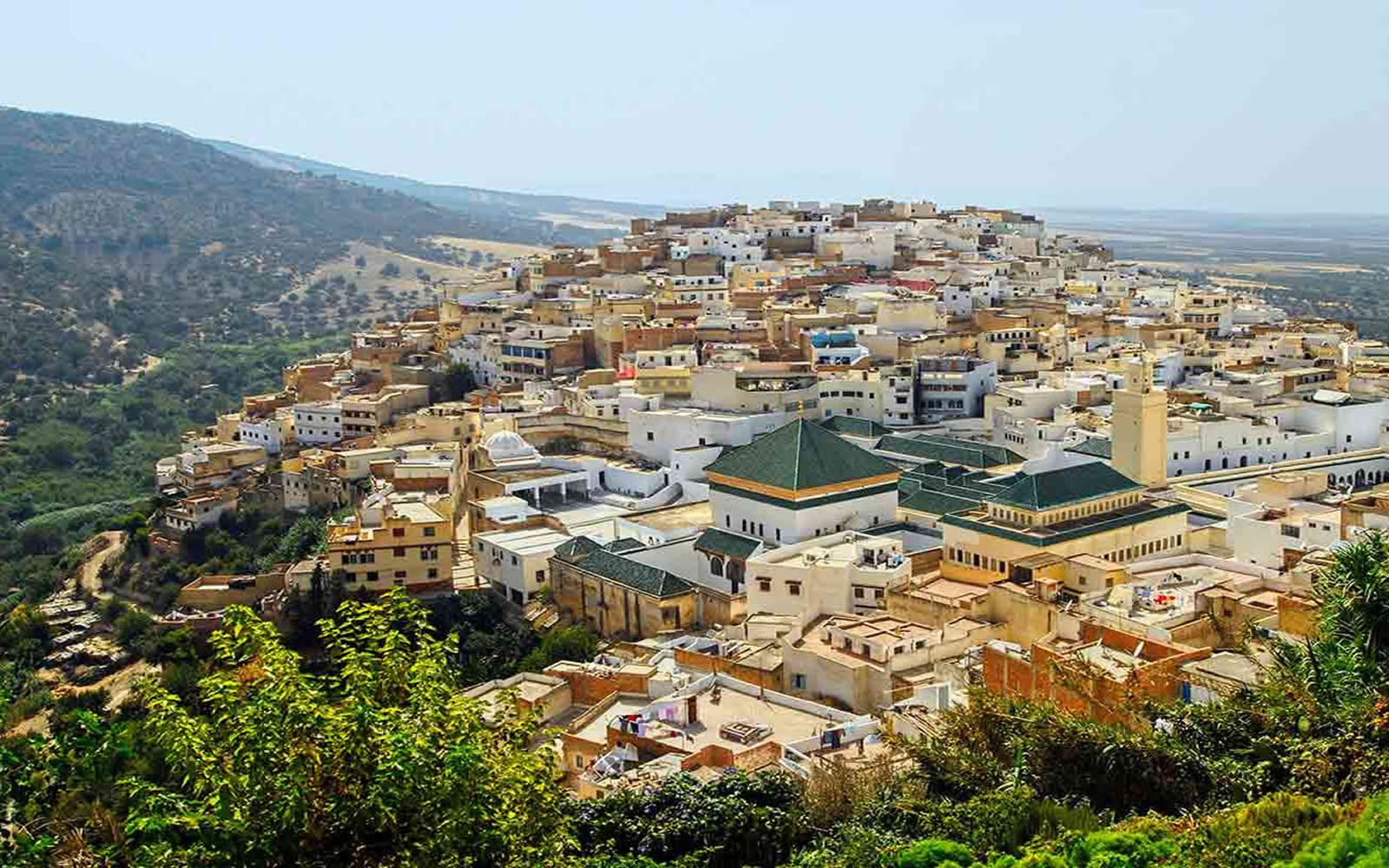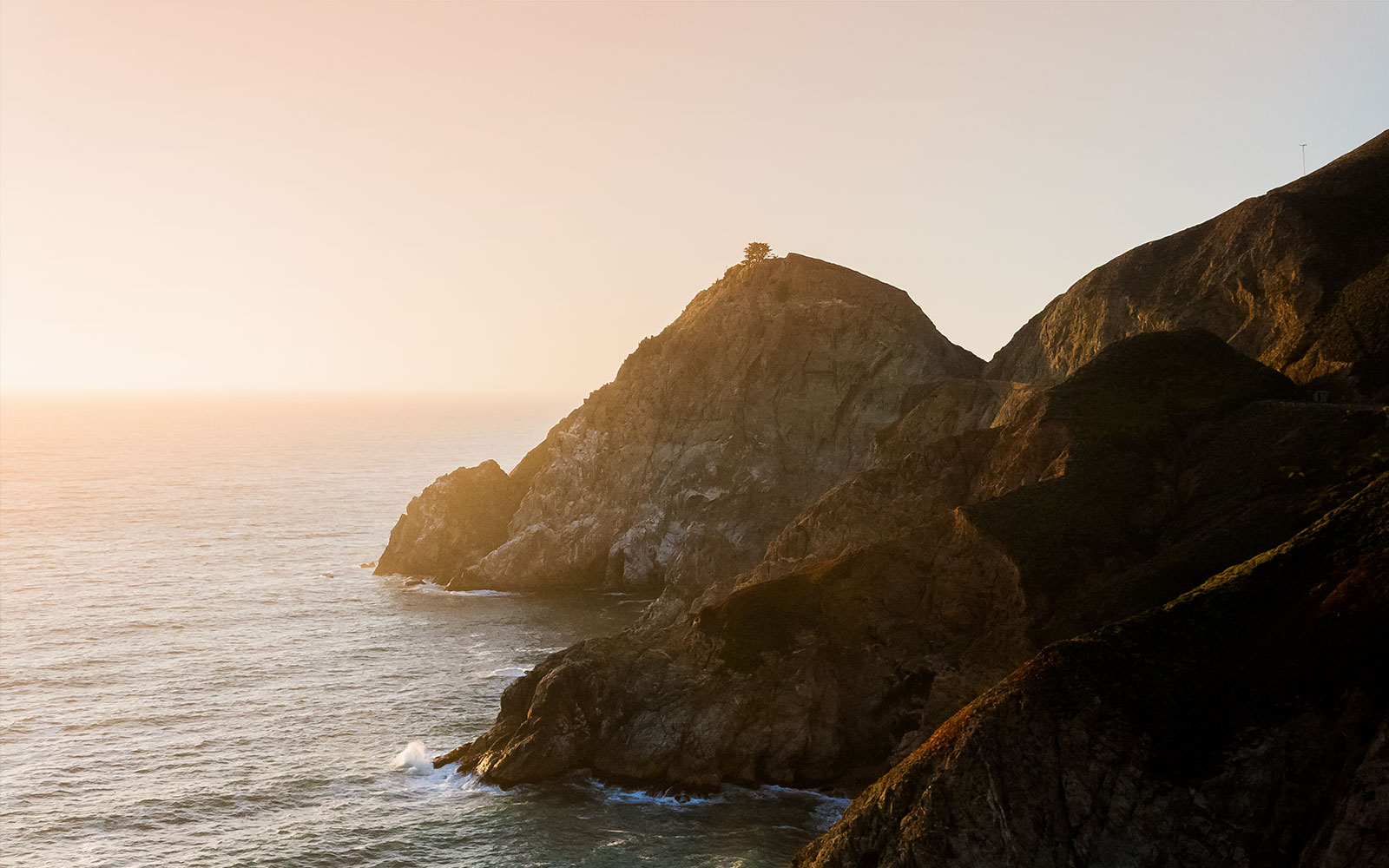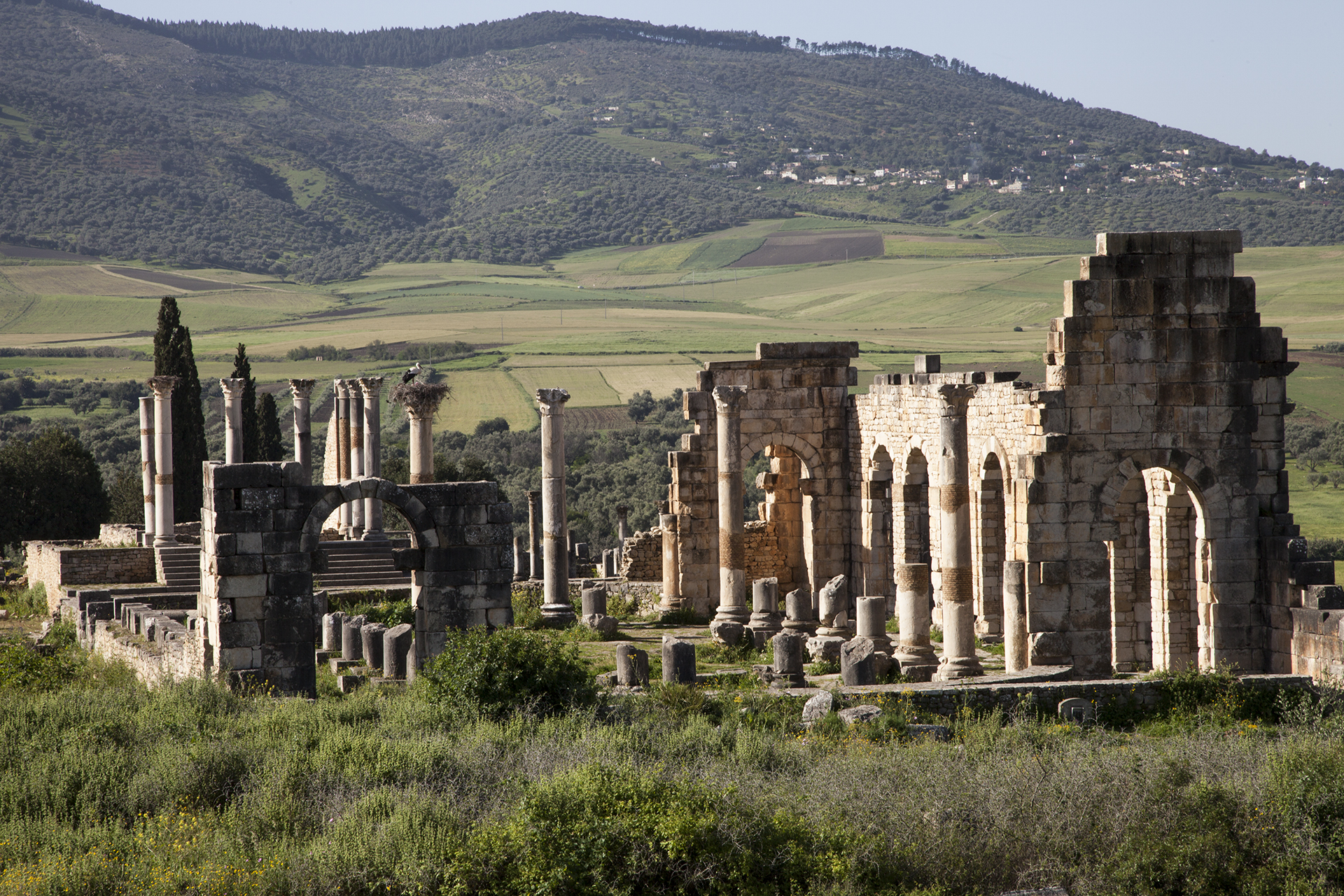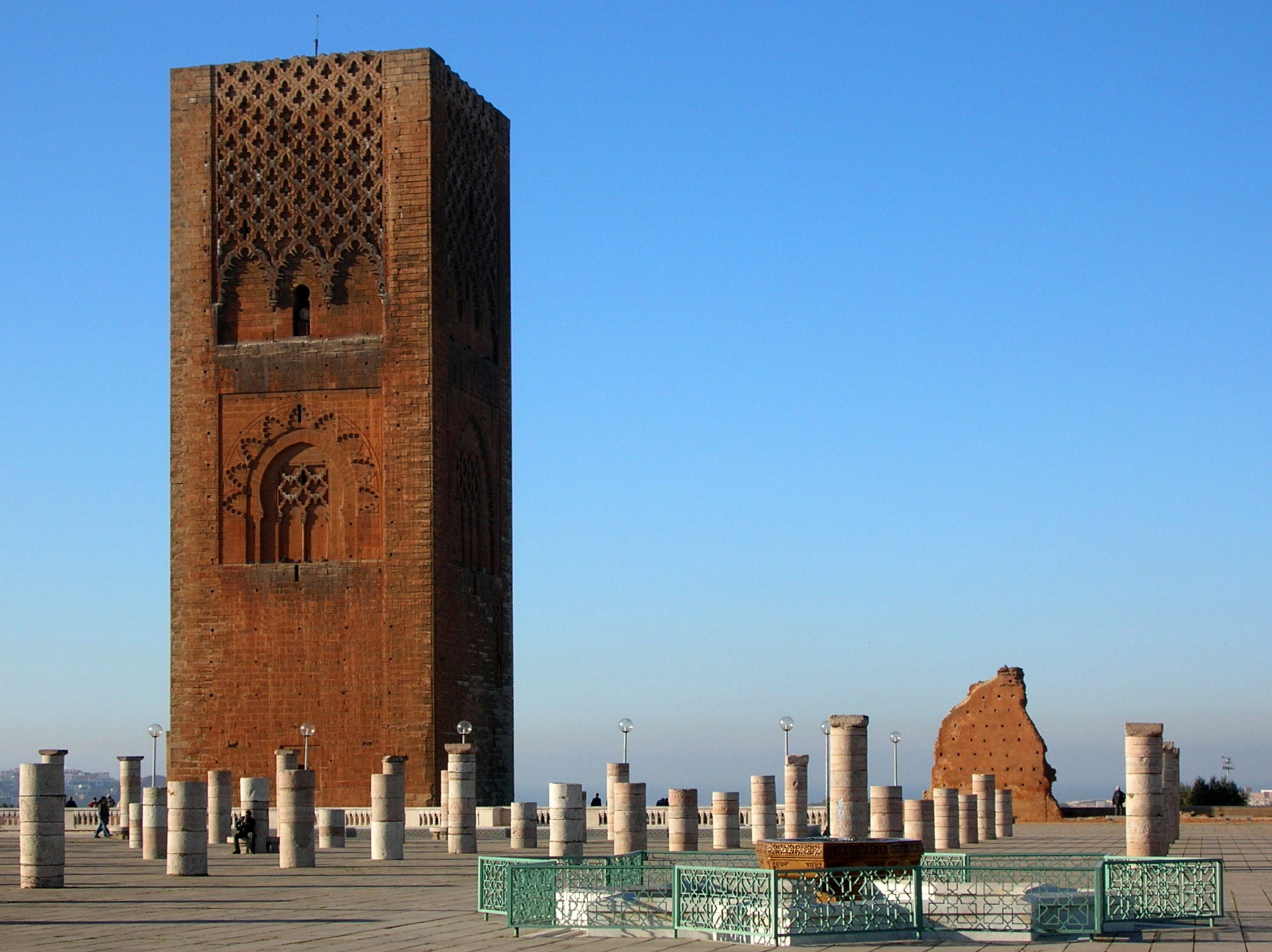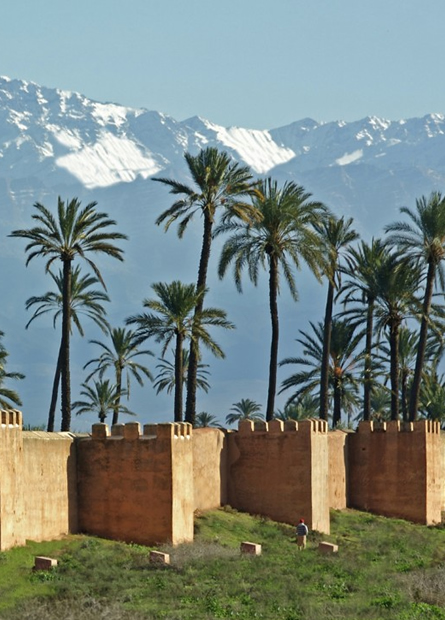Nicknamed The door of the desert, is a city and capital of Ouarzazate Province in the Souss-Massa-Drâa of southern-central Morocco. Ouarzazate is at an elevation of 1,160 metres (3,810 ft) in the middle of a bare plateau south of the High Atlas Mountains. To the south of the town is the desert.
The town is chiefly inhabited by Berber-speakers, who constructed many of the prominent kasbahs (locally known as: iɣeṛman) and buildings for which the area is known. Ouarzazate is an important holiday destination in Morocco, as a base for excursions across the Draa Valley and into the desert. The fortified village (ksar) of Ait Benhaddou west of the city is a UNESCO World Heritage Site.
The Ouarzazate area is a noted film-making location, with Morocco’s biggest studios inviting many international companies to work here. Films such as Lawrence of Arabia (1962), The Living Daylights (1987), The Last Temptation of Christ (1988), The Mummy (1999), Gladiator (2000), Kingdom of Heaven (2005), Kundun (1997), Legionnaire (1998), Hanna (2011), and Salmon Fishing in the Yemen (2011) were shot here, as was part of the TV series Game of Thrones.

